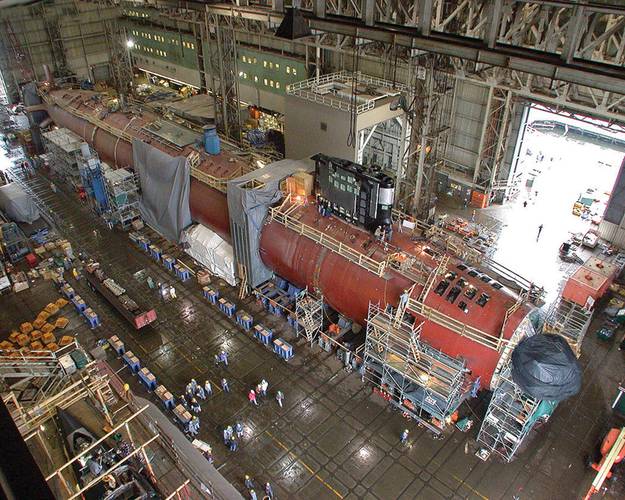The European Commission has allocated 6.2 million Euros ($7 million) to the three-year research project SHIPLYS (Ship Lifecycle Software Solutions).
The Welding Institute hosted the first SHIPLYS project meeting that took place in Cambridge, U.K. last week.
The project is a response to the needs of small to medium-sized enterprises (SMEs) in naval architecture, shipbuilding and shipowning, who in order to survive in the world market require to:
• improve their capability to reduce the time and costs of design and production
• develop the ability to reliably produce better ship concepts through virtual prototyping
• meet the increasing requirements for life cycle cost analysis), environmental assessments, risk assessments and end-of-life considerations as differentiators.
The calculation and modelling to achieve this are difficult and time consuming, especially for SMEs without a large overhead of trained staff and tools. This poses challenges in integrating data between incompatible tools and formats for different design stages: conceptual hull design; the finite element calculations feeding preliminary and detailed designs; and virtual prototyping simulation models.
This is coupled with the lack of an industry specific lifecycle modelling technique, hindered by the lack of information to support reliable decision-making. SHIPLYS aims to address these challenges for the benefit of various stakeholders involved.
The SHIPLYS consortium comprises of 12 participants from seven countries who bring together a mix of stakeholder organizations and corresponding expertise. The participants include shipyards, a classification society, research institutes and industrial organizations that develop and provide technologies used in structural design and production:



Leave A Comment
You must be logged in to post a comment.